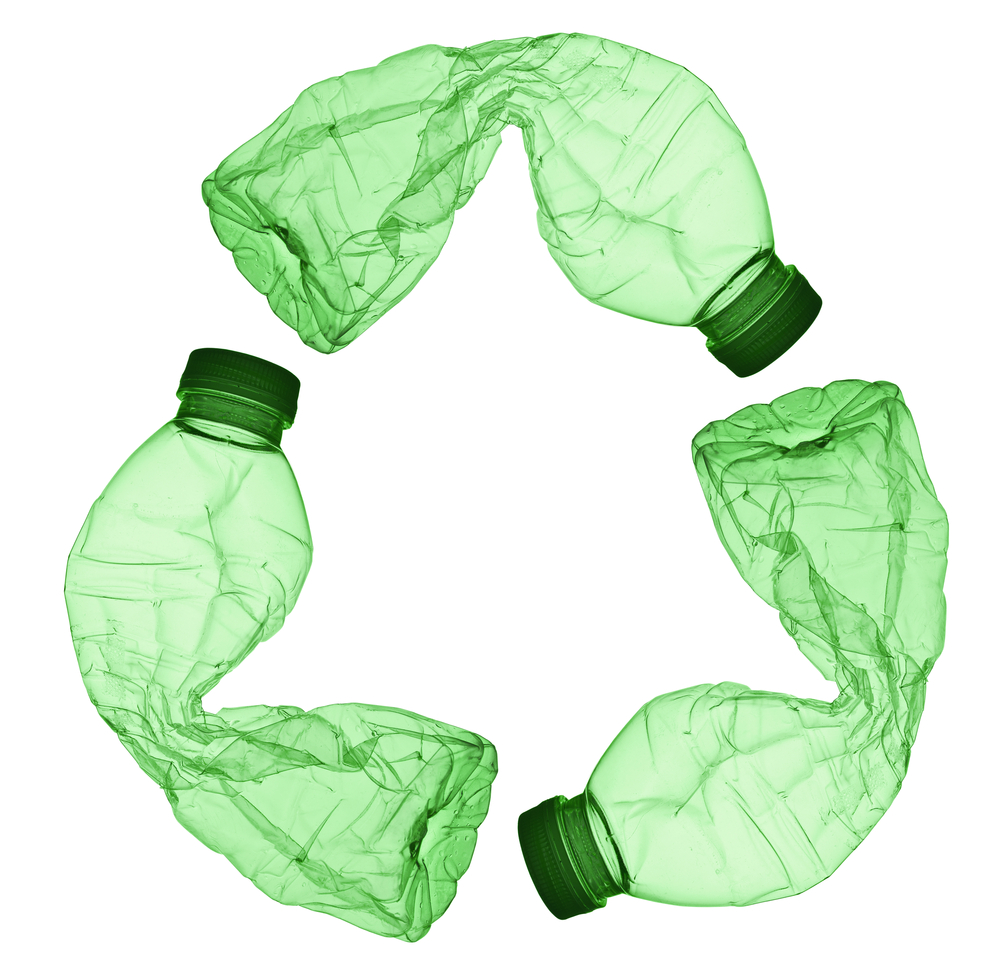We’re drowning in plastics. That’s why the world’s brightest minds are trying to find a way we can effectively deal with plastic waste and make sure we don’t add more in the coming years. Now, researchers from the US Department of Energy’s (DOE) Lawrence Berkeley National Laboratory have created a plastic material that’s fully recyclable. It’s called poly(diketoenamine) or PDK, and it can be disassembled at a molecular level and then reassembled into another object with a different texture, color and shape again and again “without loss of performance or quality.”
New plastic material can be recycled again and again
By Christopher Thompson
A new material called PDK can be disassembled and reassembled at a molecular level.
As Berkeley Lab explains, the fillers and chemicals used in plastic objects are usually tightly bound to monomers — molecules that join up to form large plastic molecules called polymers. These additives could lead to unexpected properties when mixing various plastics for recycling. That means items already made with recycled plastics might have to go straight to landfills.
PDK monomers, however, can be completely separated from their additives simply by immersing the object in a highly acidic solution. “With PDKs, the immutable bonds of conventional plastics are replaced with reversible bonds that allow the plastic to be recycled more effectively,” explained team leader Brett Helms. Objects made with the material can then be reshaped, recolored and upcycled again and again and again. A watchband could become part of a keyboard, which could then be used to make a phone case.
The researchers plan to continue working on PDKs to develop variants with a wide range of thermal and mechanical properties. That would allow the material to be used for textiles, foams, 3D-printed materials and other applications.

